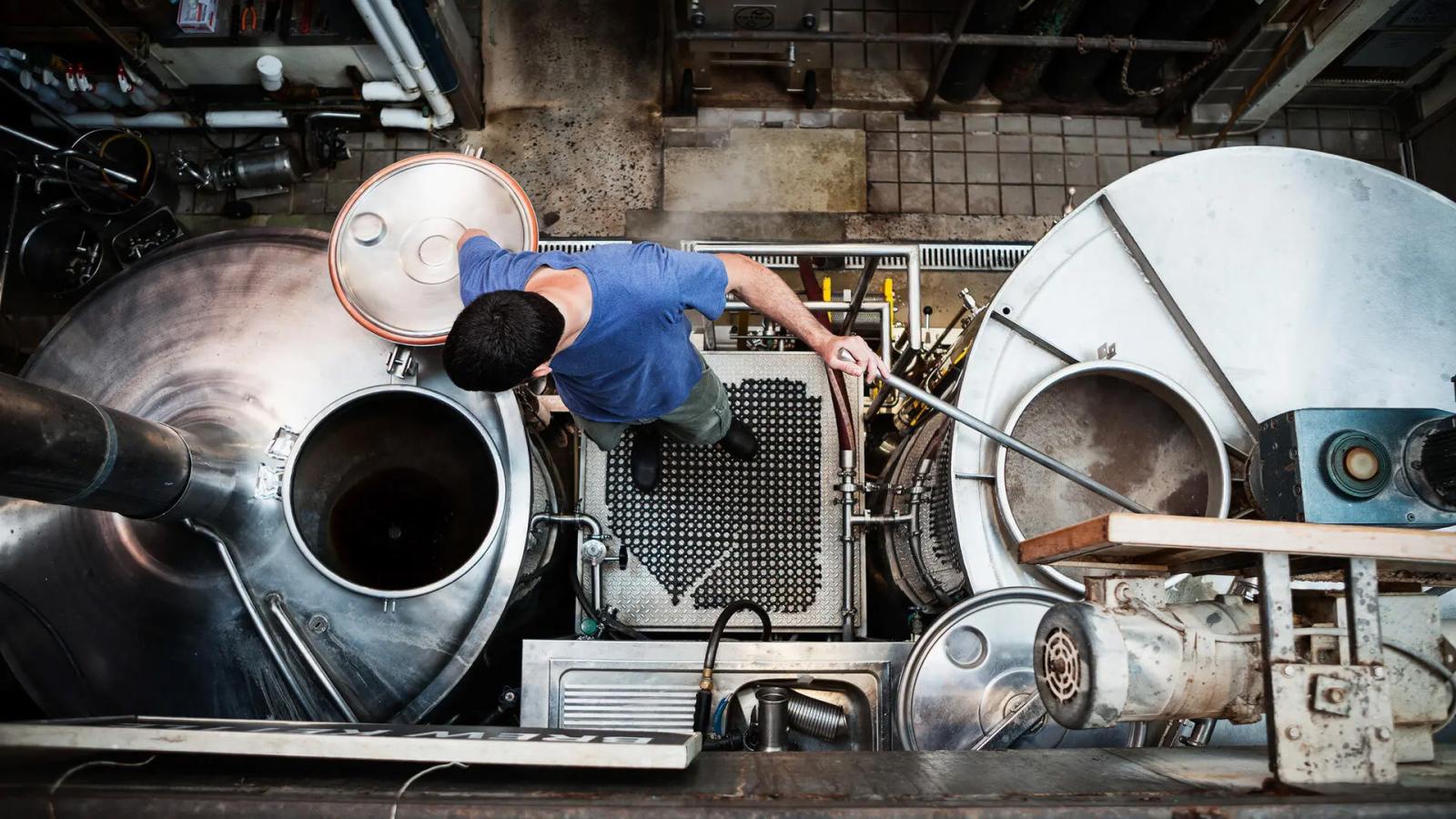This article was originally published in Maryland Today.
For the nearly 10,000 micro- and craft breweries in the United States, making suds is surprisingly soggy business. The average independent brewery uses between 10 and 20 gallons of water to make just one gallon of beer, compared to the 2:1 ratio of macrobrewers.
Now the University of Maryland’s Environmental Finance Center (EFC) is pouring another round of federal funding into a support program for regional breweries “ale-ing” from high water and energy use. A $350,000 Environmental Protection Agency grant will expand its outreach and technical support to craft breweries in in Maryland, Delaware and Pennsylvania looking to adopt operation-saving and emissions-reducing strategies for a more sustainable brew.
“This program is an opportunity to share best practices that we’ve amassed from sustainably minded, small breweries from across the country,” said EFC Program Manager Kristel Sheesley. “In a lot of cases, there are small changes that breweries can make that can have a really big impact.”
Launched in Delaware and Southern Pennsylvania with an initial EPA grant in 2022, the Sustainable Breweries Program offers on- and off-site operations analysis and technical assistance, and best practices for reducing water and boosting energy efficiency, cutting greenhouse gases and adopting safer chemicals for cleaning and sanitizing.
The new two-year grant will expand the program into Northeastern Maryland, a growing region for craft brew. EFC staff, which includes a former brewmaster, will offer assessments and technical assistance for roughly 20 craft breweries in the region and help develop a brewery recognition program modeled off New England’s BetterBev green craft beverage recognition program for regional breweries that meet certain sustainability thresholds. EFC researchers will also put more emphasis on reducing the use of hazardous chemicals in cleaning and sanitizing, which can send pollutants into surrounding communities. Over 40% of the breweries targeted are located near socioeconomically disadvantaged communities.
“The breweries that we’re talking to want to be thinking about the environmental impact, but they are small and don’t always have the time to look into rebates or best practices,” said Sheeley.
The region has seen a beer boom over the past decade, with the number of craft breweries quadrupling between 2011 and 2023. It’s currently the fastest growing industry in Maryland, Delaware and Pennsylvania with a combined estimated economic impact of $6.3 billion each year. But that comes at a cost to environmental and human health; water effluent from breweries laden with spent grain and other solids can overwhelm and compromise local wastewater treatment plants, while the energy used to heat and cool at different stages of the brewing process produces greenhouse gas and airborne particulates.
Breweries that participated in the pilot last year have implemented practices like adding solar, insulating pipes or recapturing rinsewater to reduce the amount of water used in the cleaning process. The Harbeson, Del., craft brewery Dewey Beer is now saving 60,000 gallons of water a year. The program has also been key in identifying low-cost ways to improve the operational practices at Autumn Arch Beer Project in Newark, Del., while reducing business expenses, said founder Jimmy Vennard.
“Delaware craft brewers are sustainably minded businesses and a receptive audience,” said Vennard, who is also president of the Delaware Brewer’s Guild. “These are areas where we are just out of alignment with our industry peers; through this program, small breweries can really improve our environmental outcomes.”

